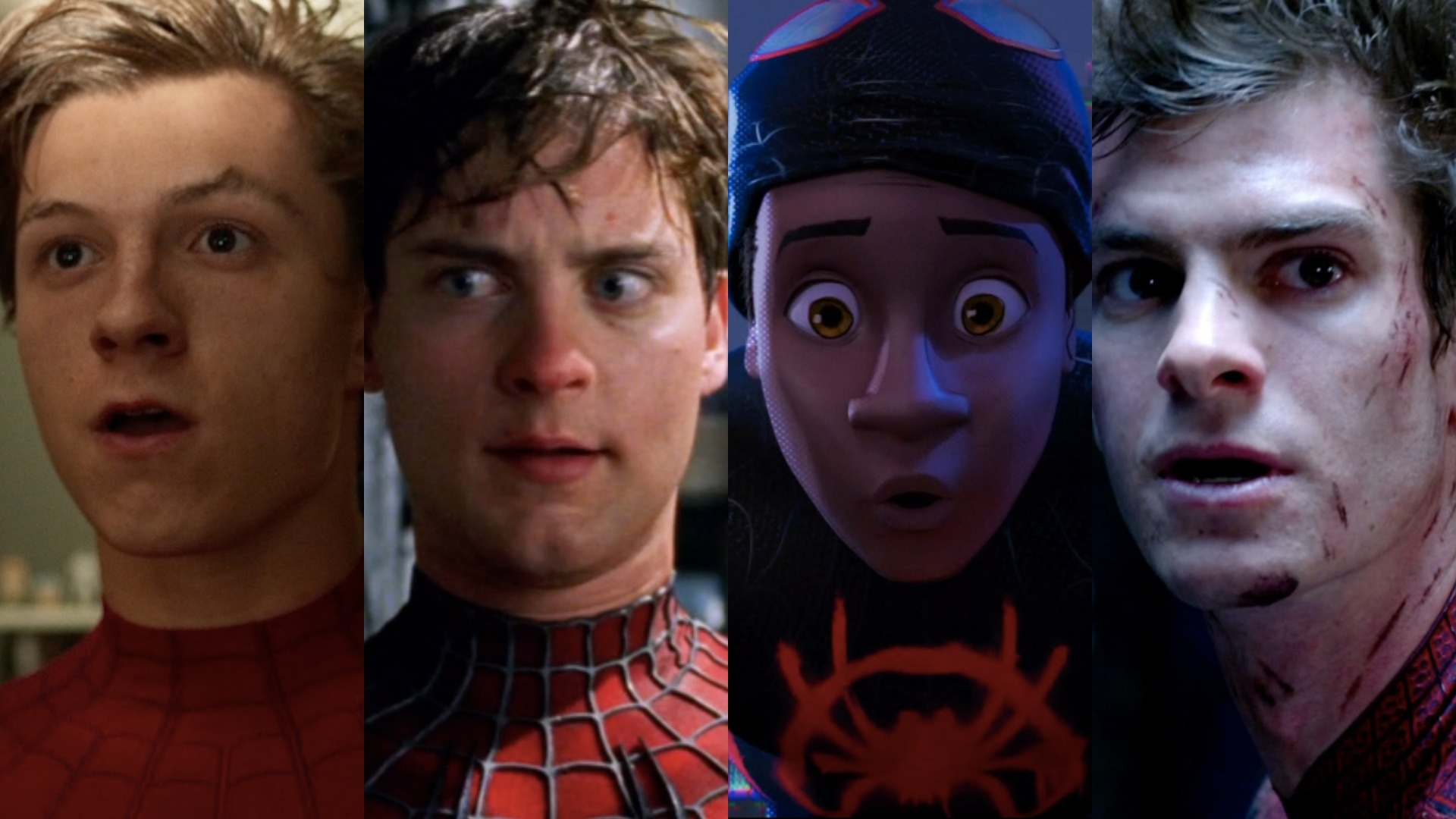All the Spider-Man movies, ranked from worst to best
With No Way Home now in theaters, let's revisit the highs and lows of Spider-Man's big screen life

This weekend, Spider-Man: No Way Home brings Tom Holland’s Peter Parker back to the big screen. Yet the film doesn’t just function as a continuation of the MCU version of the Spider-Man story. By plucking characters from other dimensions (a.k.a. franchises), it also operates like a kind of ultimate Spider-Man sequel, converging plot elements from three previous big-screen takes on Marvel’s friendly neighborhood wall-crawler. But though they now fit, through some IP-mashing wizard magic, into the same continuity, these various Spider-Man movies are not created equal. There is a spectrum of quality, reaching from the Empire State heights of one installment to the (relative) subterranean Lizard-lair depths of another. Keep reading to see how we’ve ranked the eight live-action Spider-Man movies, plus a single cartoon outlier that could give every Peter Parker out there a run for his superheroic money.